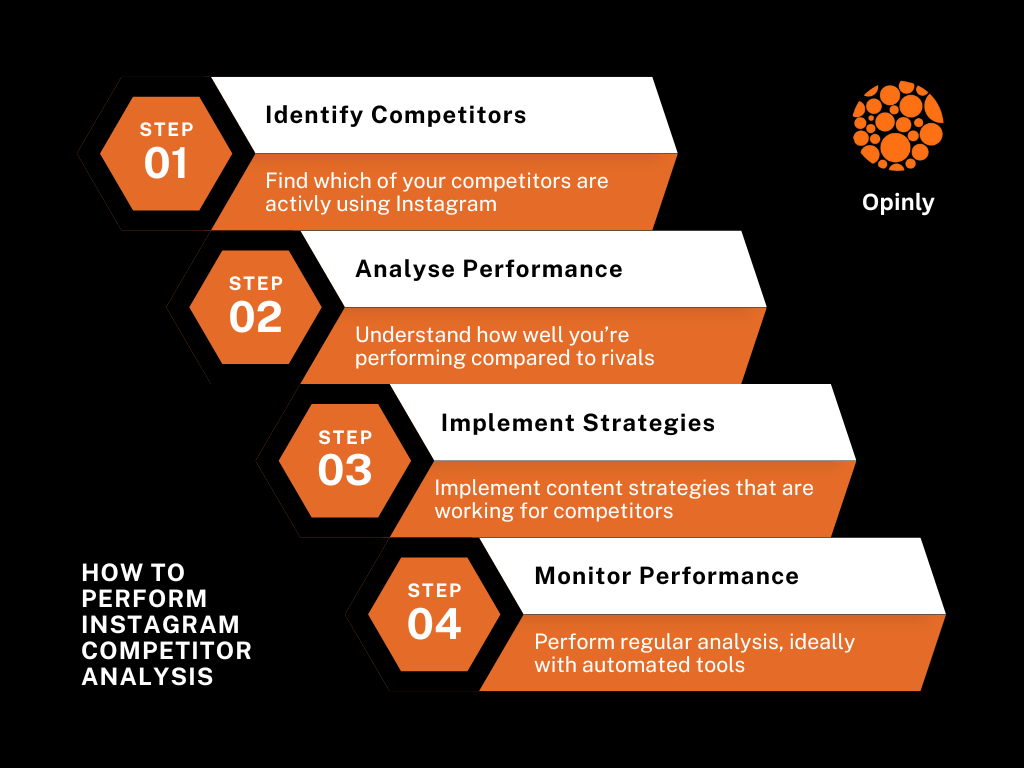Best Competitor Analysis Software & Tools
Discover the top 10 software competitor analysis tools that will give you the edge in SEO and content strategy. Find the best tools on the market here!

In today's fast-paced digital landscape, understanding your competition is more crucial than ever. With the rise of various competitor analysis software, businesses can gain insights that empower them to outperform their rivals. This blog post delves into the top tools available, illustrating how they can be utilized to craft effective marketing strategies and enhance overall performance.
Why Use Competitor Analysis Software?
Competitor analysis software offers a treasure trove of information about your rivals, including their strategies, performance metrics, and areas of strength and weakness. By leveraging these insights, you can:
- Identify market trends
- Optimize your SEO strategies
- Improve PPC campaigns
- Tailor content to resonate more with your audience
- Benchmark against industry standards
Here's a closer look at some of the most powerful tools available:
SEMrush
SEMrush is a comprehensive digital marketing tool that excels in SEO, PPC, and content marketing. Key features include:
- Keyword Research: Discover high-traffic keywords your competitors are targeting
- Domain Analysis: Analyze your competitors' domains to understand their online performance
- Site Audit Tools: Identify SEO issues that could hinder your visibility
Ahrefs
Renowned for its robust backlink analysis, Ahrefs allows users to:
- Examine competitors' backlink profiles
- Understand organic traffic metrics
- Analyze the keywords rivals rank for, offering a glimpse into their strategy and strengths
SpyFu
SpyFu focuses on both PPC and SEO strategies, enabling businesses to:
- See the keywords their competitors are targeting
- Gain insights into advertising expenditures
- Identify lucrative opportunities in their marketing efforts
Moz
Offering a variety of SEO tools, Moz aids in:
- Analyzing competitors' websites
- Benchmarking own rankings against competitors
- Enhancing overall SEO strategy through actionable insights
SimilarWeb
With a strong emphasis on website traffic and engagement metrics, SimilarWeb helps users:
- Compare their website performance with that of competitors
- Access data on traffic sources and audience demographics, providing a keen understanding of market positioning
BuzzSumo
BuzzSumo shines in content analysis, offering insights such as:
- Popular content types and formats among competitors
- Social media performance metrics
- Trending topics, which help in tailoring content strategy effectively
Owler
Owler provides a platform for critical business insights, allowing users to:
- Track competitors' developments and updates
- Stay informed about funding rounds and product launches
CompetitorSpy
CompetitorSpy offers insights into competitors' online behaviour, providing data such as:
- Their advertising strategies
- Website performance metrics and traffic analytics
iSpionage
iSpionage specializes in tracking PPC strategies, which include:
- Monitoring ad performance and competitors' ad campaigns
- Identifying high-value keywords to enhance marketing approaches
Brandwatch
With advanced social media monitoring capabilities, Brandwatch helps users:
- Analyze conversation trends and brand mentions
- Understand competitors' public perception and engagement strategies
Opinly
Opinly offers competitive intelligence and market research capabilities, including:
- Real-time competitor monitoring and alerts
- Digital footprint analysis
- Market positioning insights and trend identification
- Customer sentiment analysis across multiple channels
Conclusion
Leveraging competitor analysis software is essential for businesses thriving in an increasingly competitive landscape. These tools equip marketers with the insights necessary to keep pace with rivals and identify unique opportunities for growth and innovation. By choosing the right competitor analysis software tailored to your specific needs, you can unlock the potential to strategize effectively, maximize your ROI, and stay ahead of the competition.
Are you ready to elevate your marketing strategy through competitor analysis? Choose the right tools, gain valuable insights, and watch your business soar!
Frequently Asked Questions
1. What Are the Best Competitor Analysis Tools Available?
The best competitor analysis tools available include Opinly AI, SEMrush, Ahrefs, SpyFu, SimilarWeb, and Owletter. These tools offer features such as real-time data tracking, SEO analysis, and comprehensive competitor monitoring to help you stay ahead in your market.
2. How Can SEO Benefit from Using a Competitor Analysis Tool?
Using a competitor analysis tool for SEO can provide valuable insights into your competitors' keyword strategies, backlink profiles, and content performance. Tools like Ahrefs and SEMrush are designed to enhance your SEO efforts by helping you identify opportunities and essential metrics, such as website traffic, to improve your search engine rankings.
3. What Should I Look for in a Tool for Competitor Analysis for SEO?
The tool should offer comprehensive keyword analysis to help you identify the keywords your competitors are ranking for and uncover opportunities for your content. Look for tools that provide detailed insights into your competitors' backlink profiles. Understanding their link-building strategies can help you improve your SEO efforts.
4. What Are the Most Popular Analysis Tools on the Market?
The most popular analysis tools on the market include Opinly AI, SEMrush, Ahrefs, SpyFu, BuzzSumo, and Moz Pro. These tools are well-regarded for their robust features, user-friendly interfaces, and ability to provide actionable insights.
5. Are There Any Free Competitive Analysis Tools?
Yes, free competitive analysis tools such as Ubersuggest and Google Alerts are available. While these tools may offer limited features compared to paid options, they can still provide valuable insights into your competitors' activities and help you get started with competitor analysis.
Check out our blog on how to develop a competitive analysis framework, which you can use tools for.




